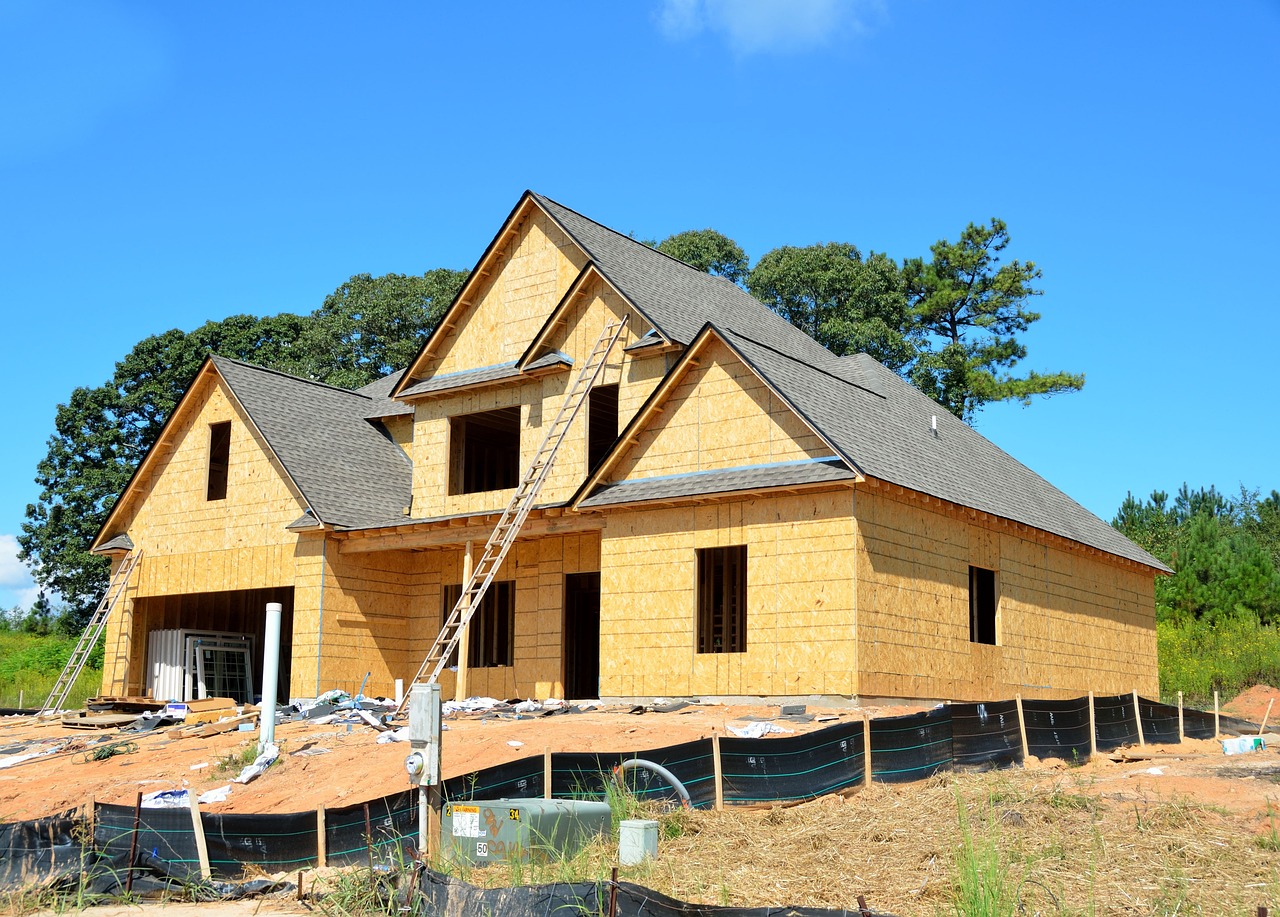What You Need to Know About Concrete Testing While Building Home
Building a home is an intricate process that requires attention to detail and robust quality assurance measures. One of the most critical aspects of construction is ensuring the concrete used is of the highest quality and strength. Concrete testing is an essential step to confirm that the mix will perform adequately under various conditions and stresses.
By understanding the importance of concrete testing and the methods involved, homeowners and builders can ensure a safe, durable, and lasting structure. This guide aims to provide you with the necessary knowledge to navigate the complexities of concrete testing, ensuring your home stands strong for years to come.

The Importance of Concrete Testing
Concrete testing is vital to guarantee the structural integrity and durability of any construction project. When building a home, the foundation and other key structural elements must be made from concrete that meets specific standards and specifications. Proper testing helps identify any weaknesses in the mix, allowing contractors to address potential issues before they become serious problems. Without rigorous concrete testing, the risk of structural failures increases, potentially leading to costly repairs and safety hazards.
Investing in comprehensive concrete testing contributes to the longevity of the structure. Homes are meant to last for decades if not centuries, and their ability to withstand environmental stresses, such as weathering and seismic activities, largely depends on the quality of concrete used. Fortunately, there are tools that can make a difference in the quality of concrete by offering insight into its strength and durability. Plus, testing techniques and technology have evolved over the years, making it easier to perform accurate and efficient tests.
Common Concrete Testing Methods
Several methods are employed to test the quality and strength of concrete, each serving a unique purpose. One of the most common methods is the slump test, which measures the consistency and workability of the concrete mix. By assessing the slump, builders can determine if the mix has the right proportions of water, cement, and aggregates, ensuring it is neither too wet nor too dry.
Another essential test is the compressive strength test, where concrete samples are subjected to controlled pressure until they break. This test provides critical data on the maximum load that the concrete can bear, helping to confirm that it meets the design requirements. Additional tests, such as the air content test and permeability test, further evaluate the concrete's ability to resist environmental factors and maintain durability over time.
When to Conduct Concrete Testing
Timing is crucial when it comes to conducting concrete tests. Initial testing should occur before the concrete is poured to verify the quality of the materials and mix design. This preliminary phase includes tests like the analysis of the aggregate and the water-to-cement ratio, ensuring that the mix will perform as required once it is placed.
Subsequent tests should be carried out at different stages of the concrete curing process. For instance, periodic compressive strength tests are recommended at intervals (such as 7 days, 14 days, and 28 days) to monitor the concrete's development over time. By conducting tests at various stages, builders can make necessary adjustments and take corrective measures to avoid potential issues, ultimately ensuring the strength and safety of the construction.
Selecting the Right Testing Equipment
Choosing the right equipment for concrete testing is paramount for accurate and reliable results. High-quality equipment, such as slump cones, compression testing machines, and curing tanks, should be carefully selected and maintained to ensure optimal performance. Working with calibrated and certified equipment helps avoid inaccuracies in test results, which could lead to misjudgments about the concrete's quality.
In addition, it is important for testing personnel to possess the necessary training and expertise to operate the equipment properly. Skilled technicians can spot anomalies and interpret test results correctly, providing valuable insights that contribute to the overall success of the construction project. Collaboration with accredited laboratories and experienced professionals ensures that all testing procedures adhere to industry standards and best practices.
Understanding Concrete Test Results
Interpreting concrete test results requires a deep understanding of the different parameters and benchmarks associated with concrete quality. Test results often come in the form of numerical data, such as the compressive strength measured in pounds per square inch (psi) or the slump value in inches. These figures need to be compared against the project specifications and relevant building codes to ascertain compliance.
It is also important to recognize that variations in test results can occur due to factors such as sample preparation, environmental conditions, and testing procedures. Hence, a holistic approach that considers the context of each test result is essential. By understanding and analyzing the test data comprehensively, builders can make informed decisions that enhance the quality and safety of the construction, ensuring the long-term stability of the home.
Concrete testing plays a pivotal role in the construction of a safe, durable, and resilient home. Through diligent assessment and adherence to rigorous standards, builders can ensure that the concrete used meets the necessary specifications to withstand the demands of time and environmental challenges.

By understanding the importance of testing, and familiarizing oneself with common testing methods, timing, equipment selection, and the interpretation of results, homeowners and construction professionals alike can contribute to the creation of robust structures. Investing time and resources into proper concrete testing not only fortifies the foundation of a building but also adds a layer of security and peace of mind for the future.